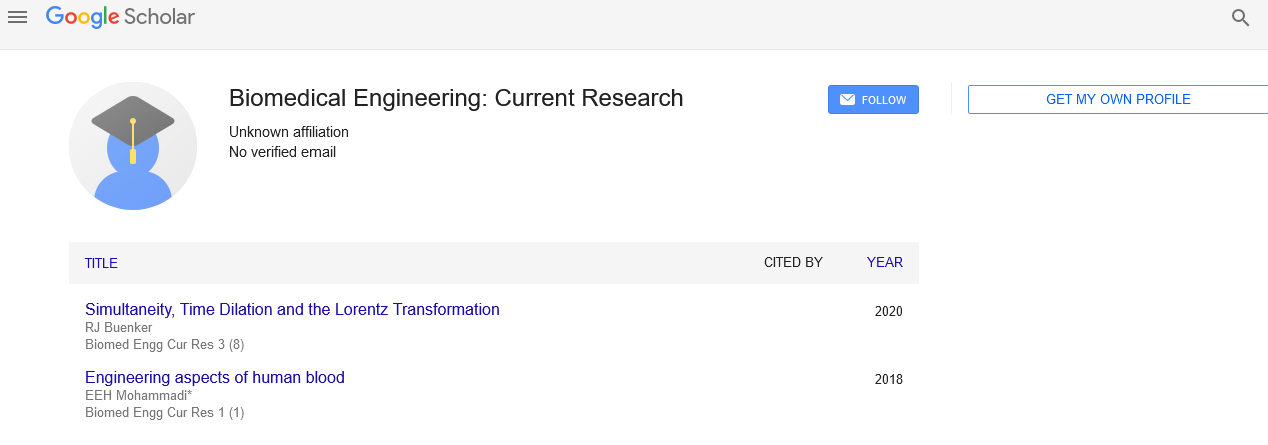
Sign up for email alert when new content gets added: Sign up
Abstract
Metaheuristic Approaches to Model Order Reduction: Challenges And Future Prospects
Author(s): Souvik GanguliThe mathematical modelling of physical systems leads to a comprehensive description of the models. But difficulty arises while analysing the system or developing its control scheme. Thus, it is required to constitute a diminished model which preserves the inherent features of the parent system. Parallel to the classical techniques, researchers have also started exploring in recent times the problem of model reduction with the help of nature inspired or metaheuristic algorithms. But there are certain perennial problems of order reduction using metaheuristic approaches for which it is still not a popular choice. Most of the metaheuristic techniques are stochastic in nature and give rise to different solutions on each independent run. Hence, multiple runs are required to test the accuracy of the results. Some statistical measures like best, worst, average and standard deviation of the error function need to be calculated. Even some non-parametric statistical tests may also be conducted to validate the results with reference to the other metaheuristic techniques. Kruskal Wallis test, Wilcoxon’s signed rank and rank-sum tests etc. are usually some of the commonly used tests available in the literature that can be employed to test the significance of the results. Moreover, the dc gain of the original and the reduced systems must match. This can be made possible by applying suitable equality constraint. In addition to this, reduced system must preserve the stability of the parent model. This can also be satisfied with some constraint to have the poles of the reducedorder model on the left half of the s-plane. Further, the reduced system should not have a zero on the right half of s-plane.




